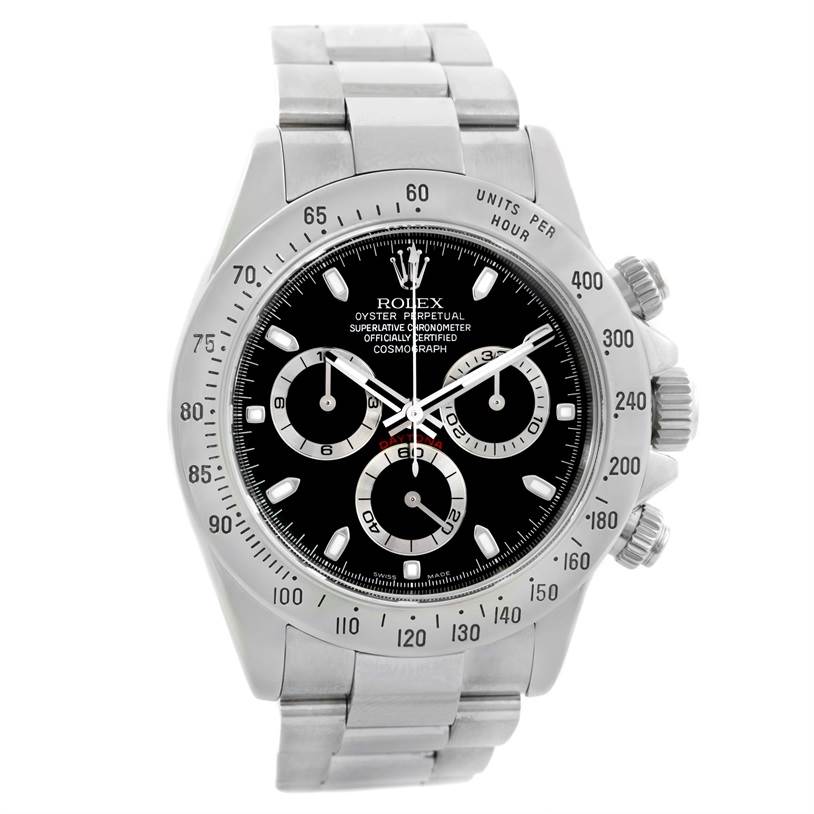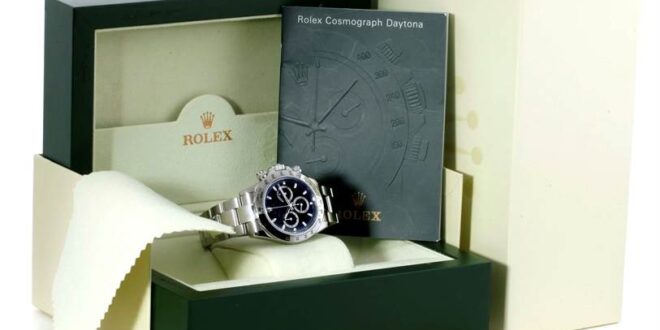The Rolex GMT-Master is widely sought after in the secondary market for its iconic, purpose-built design set. Originally developed for professional pilots and other avid globetrotters, it features a 24-hour bezel and a GMT hand on the dial. While these features were intended to double as timekeepers, they now give the GMT-Master a distinctive tool watch aesthetic that collectors of all professions and lifestyles enjoy. The GMT-Master, a pillar of the Rolex catalog, was introduced in the 1950s and continues to be produced today as the GMT-Master II series. Replicas of the original GMT-Master are among the most popular Rolex watches on the market. 
In this article, we will showcase a truly special version of the GMT-Master 16750 with a rare and unusual spider dial. Read on to learn more about what makes this vintage replica Rolex special, including its history, features, and price.
Rolex continued to use aluminum in the rest of the GMT-Master line until Cerachrom was introduced in 2000 in the 6-digit GMT-Master II. Ref. 1675 introduced crown protection and an all-black bezel to the original Rolex GMT. Depending on the year of its release, the ref. 1675 also featured a glossy or matte dial. Rolex introduced the ref. 16750 in 1981 and continued production until the late 1980s. With this version of the GMT-Master, the collection as we know it today began to take more shape, with a higher-beating movement and better water resistance.
The Reference 16750 featured the then-new caliber 3075 Perpetual, replacing the 1575 movement that powered its 4-digit predecessor. The Reference 16750 was the first GMT-Master to feature the 3000 series movement, marking a very important moment in the history of the GMT-Master. Compared to the 19,600 BPH rating of the 1575 movement, this movement has a higher frequency of 28,800 BPH. This is the first time the Quickset function has appeared in the GMT-Master line.
With the Quickset function, the wearer could adjust the date mechanism by rotating the crown in the second position rather than advancing the hour hand 24 hours each day. The black second function introduced to the 1575 movement in the early 1970s remains, stopping the second hand from turning when the wearer sets the time. With the introduction of the 3075 movements, the GMT-Master collection became even more precise and convenient.

 Taxi Gourmet – Fasten your seat belt and let the food quest begin…
Taxi Gourmet – Fasten your seat belt and let the food quest begin…

